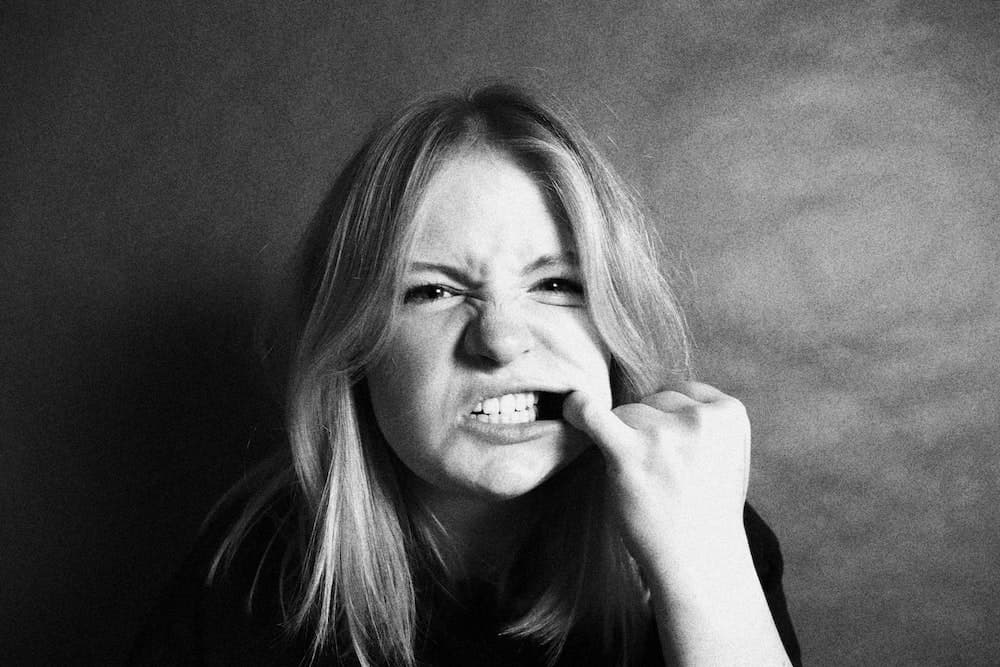Tooth grinding or bruxism is manifested by the involuntary and excessive clenching or rubbing of the teeth. This diurnal and more frequently nocturnal disorder affects about 5% of the population, with a prevalence of 20 to 50 years.
If bruxism is used in childhood to dislodge baby teeth, it is supposed to disappear in adulthood. When bruxism becomes chronic and untreated, it can lead to the following problems
- premature wear of the teeth
- a degradation of the enamel of the teeth
- Tooth sensitivity (to cold, heat, or pressure)
- a greater risk of tooth fracture
- joint pain in the jaw or spine
- muscle fatigue in the cheeks
- headaches...
Causes of bruxism
- psychological stress or an anxiety syndrome: during a stress, your body secretes hormones that are captured by the nerve nuclei responsible for certain functions such as the contraction of the muscles of the jaw or neck
- misalignment of teeth: when your teeth are not properly aligned, an involuntary contraction of the jaw muscles occurs to compensate and make sure that the teeth can touch each other
- sports: an athlete whose sport requires a good stability in space can present a bruxism. The contraction of the muscles of his jaw will have for goal to stabilize his head compared to his neck and his neck compared to his shoulders, to thus stabilize his body at the time of the carried out movement
- putting "non-food" objects in the mouth (toys, pens, gum, etc.)
- periods of wakefulness during the light sleep phase
- or orthodontic work and/or oral damage, You understand that bruxism can appear in these cases. You will have a tendency to clench your teeth in reaction to a pain, or to compensate for the adaptation that is imposed on you
The treatments
Don't wait until you have this kind of sign or until your bruxism continues to persist, to consult a dentist and/or an osteopath, so that he/she can take care of you or redirect you to the health professional (orthodontist, occlusodontist, periodontist, ophthalmologist or orthoptist...) that is most appropriate for you.
The treatment of bruxism is mainly based on the fitting of a mouthpiece called a disocclusion (mostly worn at night), to protect tooth wear. In case of advanced and disabling tooth wear, a partial prosthesis can be proposed. It is also possible to apply a varnish and a fluorinated gel on the teeth to reduce the dental sensitivity in the morning, caused by the wear of the enamel. In case of anxiety syndrome, relaxation techniques, prescription of muscle relaxants or anxiolytics can be considered.
In order for your osteopath to understand the cause(s) of your bruxism, a complete osteopathic examination and observation of your oral cavity and adjacent cranial structures will be performed. We will help you to reduce your bruxism with adapted techniques and advice.
Don't hesitate to contact your Passy Paris 16 osteopathic team to help you get relief.
Maxence Baclet, osteopath D.O.

Leave a comment